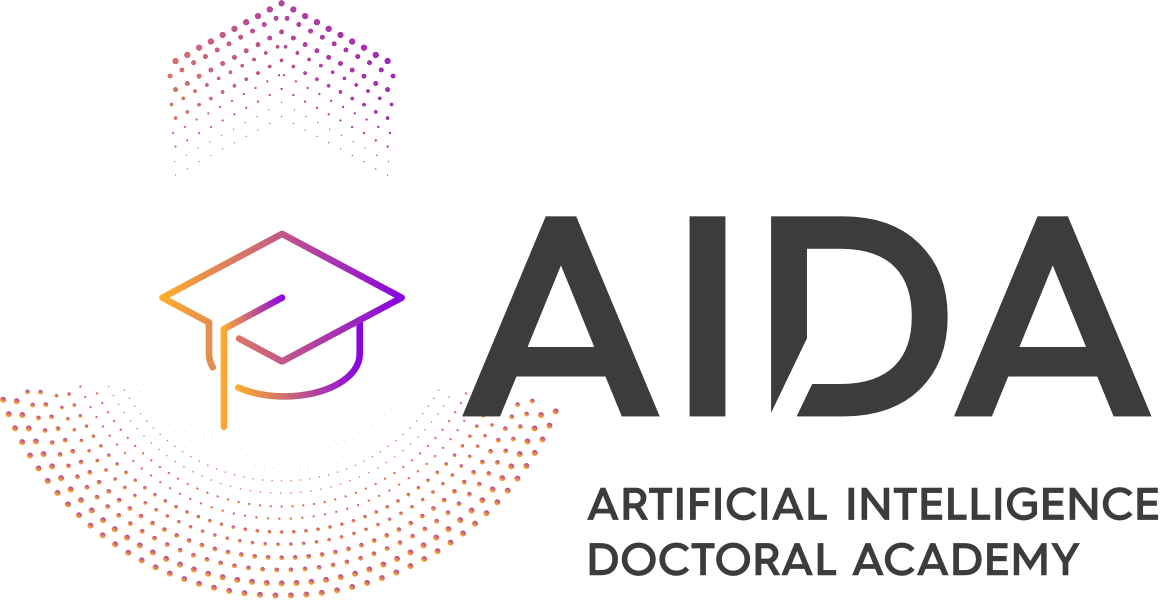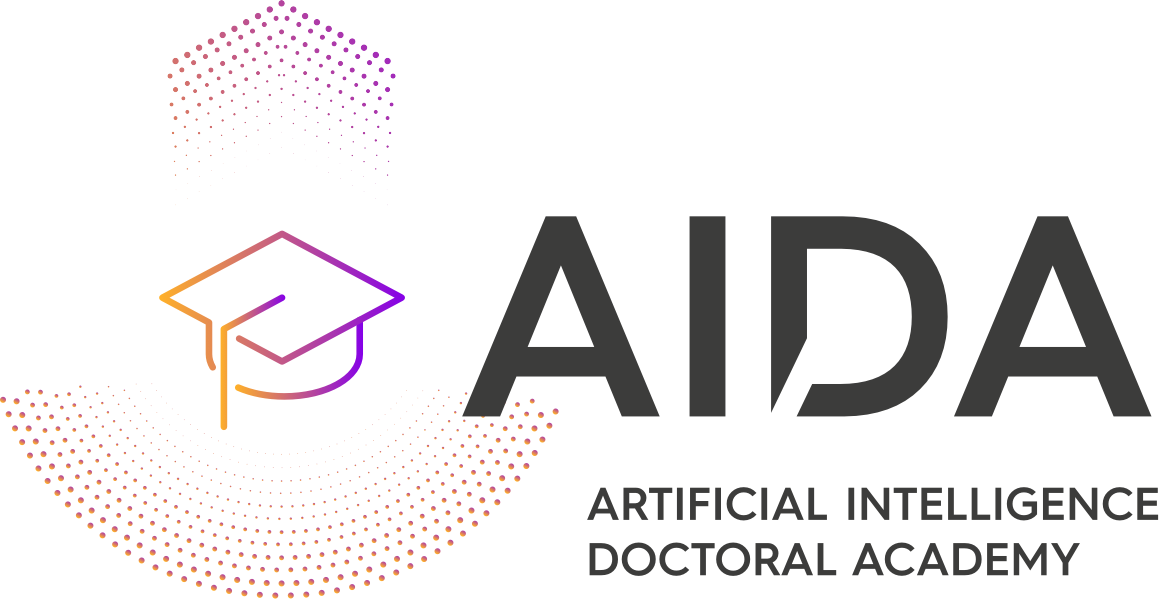Automated AI
Level
Intermediate, Broad, Theory, Algorithmic.
This topic covers meta-level methods to ensure that AI tools and systems are performant, robust and trustworthy.

Learning outcomes
Knowledge

Students should be able to:
- Explain the basic problems solved by AutoAI methods, including (but not limited to) automated algorithm configuration, automated algorithm selection, automated performance prediction, model selection, hyperparameter optimisation and neural architecture search.
- Explain, in general and using specific examples, the significance of AutoAI problems and methods for the broader field of AI, including (but not limited to) the areas of machine learning, automated reasoning and optimisation.
In addition, students should be able to achieve a selection of the following, more specific learning outcomes:
- Demonstrate a working knowledge of Neural Architecture Search, notably how to define search spaces and optimise over these spaces, with both differential and black box methods.
- Identify and define a Hyperparameter Optimization Problem (HPO), specifically in the domain of Algorithm Configuration and Neural Architecture Search. They should also be familiar with hyperparameter importance techniques to interpret different solutions to these problems.
- Be familiar with Gaussian Processes and their modelling capabilities, specifically in the domain of algorithm configuration.
- Assess the strengths and weaknesses of various HPO methods, notably bayesian and evolutionary strategies for doing such.
- Demonstrate knowledge on various speedup techniques to HPO, including leveraging previous information through meta-learning, learning curve prediction and bandit based scheduling techniques.
- Define multiple objectives for an optimisation problem and various evolutionary and bayesian techniques for solving such problems.
- Explain Dynamic Algorithm Configuration (DAC) and its difference to Static Algorithm Configuration. They should also be able to demonstrate how to use Reinforcement Learning to solve such optimisation problems in DAC.
- Demonstrate knowledge of AutoAI methods for tasks that go beyond supervised learning. This includes knowledge of the underlying theoretical principles and algorithms as well as knowledge of specific tools and systems, including their correct and effective use, strengths and limitations.
- Demonstrate knowledge of AutoAI methods, tools and systems for problems in areas outside of machine learning (i.e., knowledge beyond automated machine learning).
- Understand the way how AI systems interact with their environment, and what are possible pitfalls of that (e.g., badly calibrated confidence statements, adversarial examples, (un)explainable decisions)
- Explain the importance for AI tools and systems to be able to detect situations in which their use becomes problematic (e.g., ineffective or unsafe).
- Demonstrate knowledge of techniques and approaches for achieving self-monitoring in at least one major area of AI.
- Evaluate AI systems for safety problems in interacting with their environments
- Demonstrate awareness of meta-learning, transfer learning, and continual learning techniques that can be leveraged to transfer information from earlier tasks.
- Explain how this transfer of knowledge can be used to make AutoML techniques and systems more efficient.
skills




Students should be able to:
- Correctly use a range of AutoAI techniques in at least one major area of AI.
- Critically assess (in technical and general ways) and explain the limitations of AutoAI methods.
- Recognise and explain technical problems that may arise in the use of AutoAI methods.
Application




Students should be able to:
- Work effectively with others in an interdisciplinary and/or international team.
- Design and manage individual projects.
- Clearly and succinctly communicate their ideas to technical audiences.



 Back to List
Back to List